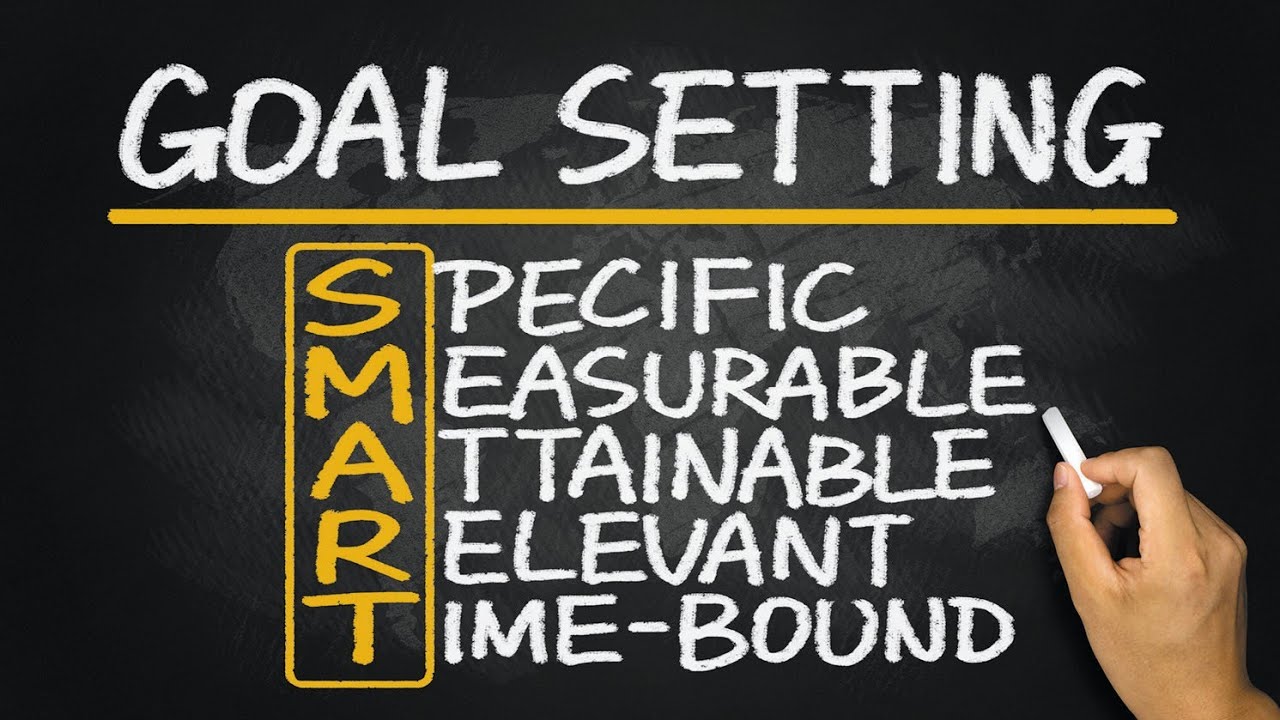Introduction
Embarking on the journey to build a successful SaaS product can be both exhilarating and daunting. Aspiring SaaS founders often face a multitude of tasks, from planning and development to marketing and customer support. Balancing these responsibilities while keeping sight of your long-term goals can be challenging and lead to common obstacles including lack of clear objectives, inefficient project management, poor communication, and inadequate delegation. These challenges can hinder progress and impede the achievement of your SaaS goals.
In this guide, we’ll provide you with a structured approach to overcoming these hurdles and achieving your SaaS goals efficiently. By following the steps outlined here, you will be better equipped to navigate the complexities of developing a successful SaaS product.
5 Steps to Achieve Your SaaS Goals Efficiently
Step 1: Set Clear Project Goals
Setting clear project goals is the foundation of any successful SaaS endeavor. Without well-defined objectives, it’s easy to lose direction and focus. Clear goals provide a roadmap for your team and help measure progress.
How to Set Clear Project Goals:
- Define SMART Goals: Ensure your goals are Specific, Measurable, Achievable, Relevant, and Time-bound. This framework helps in creating clear and actionable objectives.
- Align with Business Objectives: Your project goals should align with your overall business objectives. This ensures that every effort contributes to the broader success of your SaaS venture.
- Break Down Goals: Divide larger goals into smaller, manageable tasks. This makes it easier to track progress and maintain momentum.
Step 2: Embrace Agile Methodologies
Agile methodologies are particularly well-suited to the dynamic nature of SaaS development. Agile promotes iterative development, flexibility, and continuous improvement, which are crucial for adapting to market changes and customer feedback.
Tips to Embrace Agile Methodologies:
- Adopt Scrum or Kanban: These agile frameworks help organize work into manageable sprints or visualize workflow, respectively. Choose the one that best fits your team’s working style.
- Hold Regular Stand-Ups: Daily stand-up meetings keep the team aligned and allow for quick identification and resolution of issues.
- Iterate and Improve: Agile methods encourage iterative development. Release small increments of your product, gather feedback, and make improvements continuously.
Step 3: Use Project Management Software
Project management software is essential for organizing tasks, tracking progress, and ensuring that everyone is on the same page. It provides visibility into the project’s status and helps manage resources efficiently.
Tips in Incorporating Project Management Software:
- Choose the Right Tool: Select a project management tool that suits your team’s needs. Popular options include Jira, Trello, and Asana.
- Organize Tasks and Milestones: Break down the project into tasks and set milestones to track progress.
- Monitor Progress: Use the software to monitor task completion, identify bottlenecks, and adjust plans as needed.
Step 4: Practice Effective Communication
Effective communication is vital for keeping your team aligned and ensuring that everyone understands the project’s goals and their roles in achieving them. Miscommunication can lead to errors, delays, and frustration.
How to Practice Effective Communication:
- Establish Clear Channels: Use tools like Slack or Microsoft Teams for real-time communication and regular updates.
- Encourage Open Dialogue: Foster an environment where team members feel comfortable sharing ideas, concerns, and feedback.
- Document Everything: Keep detailed records of meetings, decisions, and project updates. This ensures that everyone has access to the same information.
Step 5: Delegate Responsibilities
Delegating responsibilities is crucial for leveraging your team’s strengths and ensuring that tasks are completed efficiently. Effective delegation allows you, as the founder, to focus on high-level strategic activities while ensuring that operational tasks are handled competently.
Tips in Delegating Responsibilities:
- Identify Strengths: Understand your team members’ strengths and assign tasks that align with their skills and expertise.
- Set Clear Expectations: Clearly define the responsibilities and expectations for each delegated task. Provide necessary resources and support.
- Trust and Empower: Trust your team members to execute their tasks and empower them to make decisions. Micromanagement can stifle creativity and efficiency.
Conclusion
Achieving your SaaS goals efficiently requires a structured approach and a commitment to best practices. By setting clear project goals, embracing agile methodologies, using project management software, practicing effective communication, and delegating responsibilities, you can navigate the complexities of SaaS development more effectively.
Remember, success in the SaaS industry often hinges on your ability to adapt, communicate, and leverage your team’s strengths. Implement these steps and continuously refine your approach to drive your SaaS product towards success.



